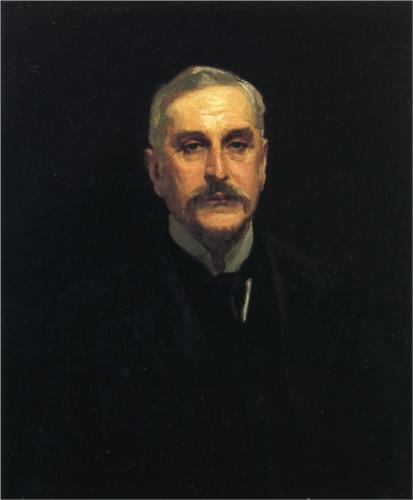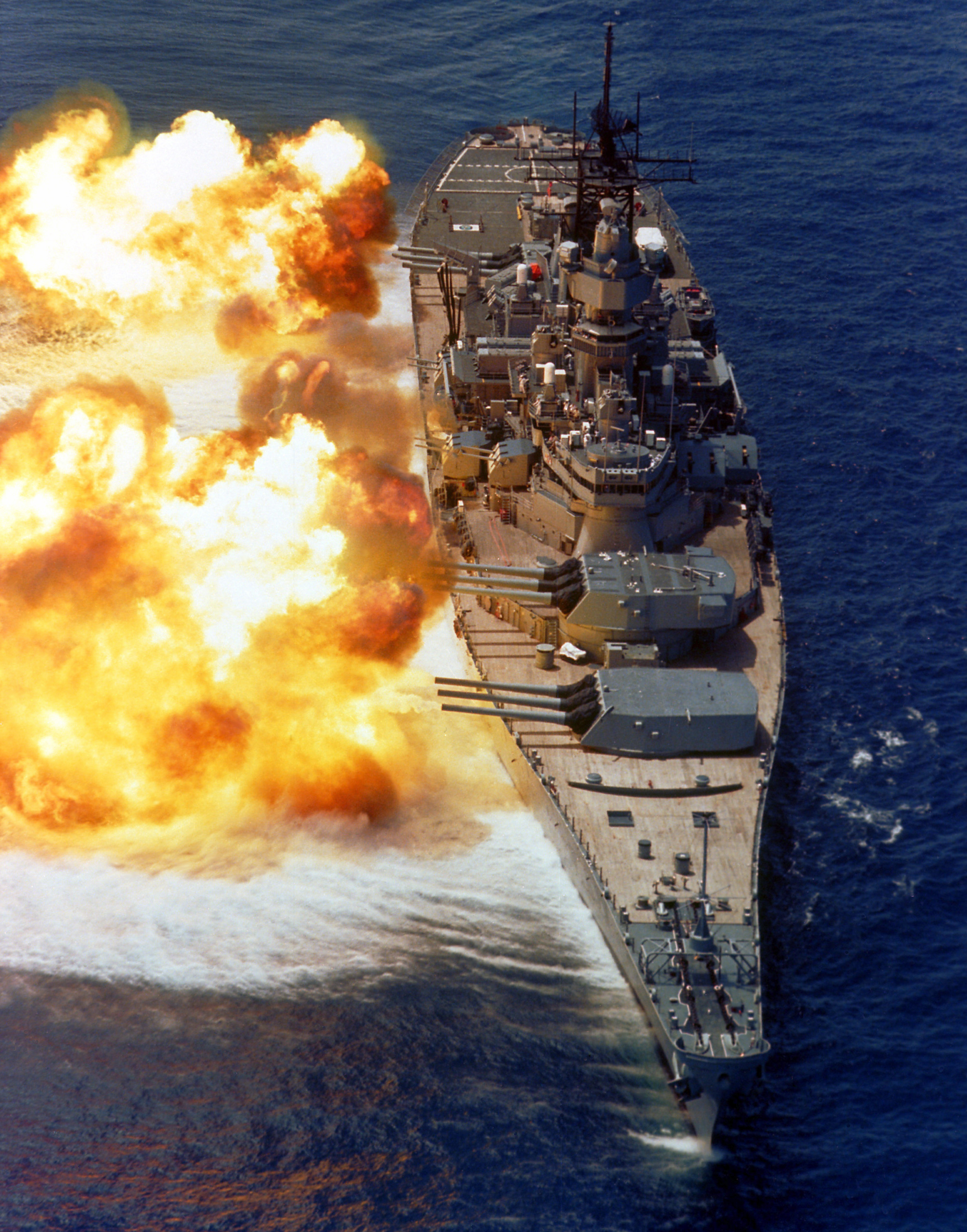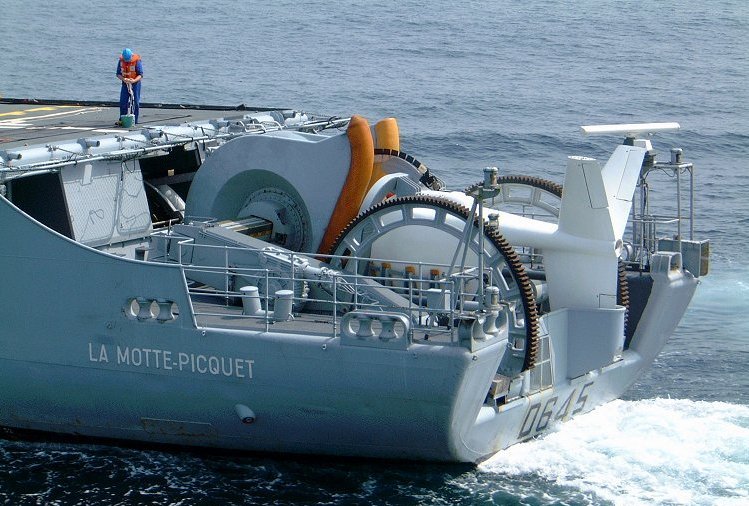|
HMS H32
HMS ''H32'' was a H-class submarine constructed for the Royal Navy. The submarine entered service in 1919 and served in the Second World War, one of only seven of the class to do so. During Warship Week 1942 H32 was adopted by Lydney RDC (Gloucestershire). The submarine was sold for scrap in 1944. Design Like all post-''H20'' H-class submarines, ''H32'' had a displacement of at the surface and while submerged.Gardiner and Gray, p.92 The submarine had a length overall of ,Walters, p.2 a beam of , and a draught of . The submarine was driven by a two-shaft diesel engine providing a total power of and two electric motors each providing power. The use of its electric motors made the submarine travel at . The submarine would normally carry of fuel and had a maximum capacity of . The submarine had a maximum surface speed of and a submerged speed of . Post-''H20'' H-class submarines had ranges of at speeds of when surfaced. ''H32'' was fitted with an anti-aircraft gun and ... [...More Info...] [...Related Items...] OR: [Wikipedia] [Google] [Baidu] |
Vickers Limited
Vickers Limited was a British engineering conglomerate. The business began in Sheffield in 1828 as a steel foundry and became known for its church bells, going on to make shafts and propellers for ships, armour plate and then artillery. Entire large ships, cars, tanks and torpedoes followed. Airships and aircraft were added, and Vickers jet airliners were to remain in production until 1965. Financial problems following the death of the Vickers brothers were resolved in 1927 by separating Metropolitan Carriage Wagon and Finance Company and Metropolitan-Vickers, then merging the remaining bulk of the original business with Armstrong Whitworth to form Vickers-Armstrongs. The Vickers name resurfaced as Vickers plc between 1977 and 1999. History Foundry Vickers was formed in Sheffield as a steel foundry by the miller Edward Vickers and his father-in-law George Naylor in 1828. Naylor was a partner in the foundry Naylor & Sanderson, and Vickers' brother William owned a steel ... [...More Info...] [...Related Items...] OR: [Wikipedia] [Google] [Baidu] |
Holland 602 Type Submarine
The Holland 602 type submarine, also known as the H-class submarine, was one of the most numerous submarines of World War I. The type was designed by the Electric Boat Co. of the United States, but most of the boats were built abroad: in Canada by the subsidiary of the British Vickers company and in British shipyards. Operators included the United States Navy, the Chilean Navy, the Royal Navy (33 submarines), the Imperial Russian Navy, the Soviet Navy, the Italian Regia Marina, the Royal Canadian Navy, the Royal Dutch Navy and the navy of the short-lived Ukrainian State. Background and history The predecessor for this class were two submarines ordered in 1911 for the Chilean Navy, to the John Philip Holland ''design 19-E'' and ''design 19-B''. These eventually became the s of the Royal Canadian Navy. Origin of project's number is in Electric Boat company rule, according to which, project variant for export purposes was named with replaced digits and with adding 0 between ... [...More Info...] [...Related Items...] OR: [Wikipedia] [Google] [Baidu] |
British H-class Submarines
British may refer to: Peoples, culture, and language * British people, nationals or natives of the United Kingdom, British Overseas Territories, and Crown Dependencies. ** Britishness, the British identity and common culture * British English, the English language as spoken and written in the United Kingdom or, more broadly, throughout the British Isles * Celtic Britons, an ancient ethno-linguistic group * Brittonic languages, a branch of the Insular Celtic language family (formerly called British) ** Common Brittonic, an ancient language Other uses *''Brit(ish)'', a 2018 memoir by Afua Hirsch *People or things associated with: ** Great Britain, an island ** United Kingdom, a sovereign state ** Kingdom of Great Britain (1707–1800) ** United Kingdom of Great Britain and Ireland (1801–1922) See also * Terminology of the British Isles * Alternative names for the British * English (other) * Britannic (other) * British Isles * Brit (other) * Briton (d ... [...More Info...] [...Related Items...] OR: [Wikipedia] [Google] [Baidu] |
List Of Submarines Of The Second World War
This is a list of submarines of World War II, which began with the German invasion of Poland on 1 September 1939 and ended with the surrender of Japan on 2 September 1945. Germany used submarines to devastating effect in the Battle of the Atlantic, where it attempted to cut Britain's supply routes by sinking more merchant ships than Britain could replace. While U-boats destroyed a significant number of ships, the strategy ultimately failed. Although U-boats had been updated in the interwar years, the major innovation was improved communications and encryption; allowing for mass-attack naval tactics. By the end of the war, almost 3,000 Allied ships (175 warships, 2,825 merchantmen) had been sunk by U-boats. The Imperial Japanese Navy operated the most varied fleet of submarines of any navy, including ''Kaiten'' crewed torpedoes, midget submarines ( and es), medium-range submarines, purpose-built supply submarines and long-range fleet submarines. They also had submarines wit ... [...More Info...] [...Related Items...] OR: [Wikipedia] [Google] [Baidu] |
Troon
Troon is a town in South Ayrshire, situated on the west coast of Ayrshire in Scotland, about north of Ayr and northwest of Glasgow Prestwick Airport. Troon has a port with freight services and a yacht marina. Up until January 2016, P&O operated a seasonal ferry service to Larne. In May 2006, a ferry service to Campbeltown was added, although this was withdrawn the following year. In the 2001 census the population of Troon, not including the nearby village of Loans but including the Barassie area, was estimated at 14,766, a 4.77% increase on the 1991 estimate of 14,094. Name The name ''Troon'' is likely from a Brythonic or Pictish name cognate with Welsh ("nose, cape"). When Scottish Gaelic became the main language, it is possible that the Gaelic form (; "the nose") was used for the name Troon. Since the words ''sròn'' and ''trwyn'' are cognate, it could have been easily adapted from one language to the other. This is similar to the Gaelic name of Stranraer (''An t-Sròn ... [...More Info...] [...Related Items...] OR: [Wikipedia] [Google] [Baidu] |
Battleship
A battleship is a large armored warship with a main battery consisting of large caliber guns. It dominated naval warfare in the late 19th and early 20th centuries. The term ''battleship'' came into use in the late 1880s to describe a type of ironclad warship,Stoll, J. ''Steaming in the Dark?'', Journal of Conflict Resolution Vol. 36 No. 2, June 1992. now referred to by historians as pre-dreadnought battleships. In 1906, the commissioning of into the United Kingdom's Royal Navy heralded a revolution in the field of battleship design. Subsequent battleship designs, influenced by HMS ''Dreadnought'', were referred to as "dreadnoughts", though the term eventually became obsolete as dreadnoughts became the only type of battleship in common use. Battleships were a symbol of naval dominance and national might, and for decades the battleship was a major factor in both diplomacy and military strategy.Sondhaus, L. ''Naval Warfare 1815–1914'', . A global arms race in battleship con ... [...More Info...] [...Related Items...] OR: [Wikipedia] [Google] [Baidu] |
Brest, France
Brest (; ) is a port city in the Finistère department, Brittany. Located in a sheltered bay not far from the western tip of the peninsula, and the western extremity of metropolitan France, Brest is an important harbour and the second French military port after Toulon. The city is located on the western edge of continental France. With 142,722 inhabitants in a 2007 census, Brest forms Western Brittany's largest metropolitan area (with a population of 300,300 in total), ranking third behind only Nantes and Rennes in the whole of historic Brittany, and the 19th most populous city in France; moreover, Brest provides services to the one million inhabitants of Western Brittany. Although Brest is by far the largest city in Finistère, the ''préfecture'' (regional capital) of the department is the much smaller Quimper. During the Middle Ages, the history of Brest was the history of its castle. Then Richelieu made it a military harbour in 1631. Brest grew around its arsenal un ... [...More Info...] [...Related Items...] OR: [Wikipedia] [Google] [Baidu] |
Allies Of World War II
The Allies, formally referred to as the United Nations from 1942, were an international military coalition formed during the Second World War (1939–1945) to oppose the Axis powers, led by Nazi Germany, Imperial Japan, and Fascist Italy. Its principal members by 1941 were the United Kingdom, United States, Soviet Union, and China. Membership in the Allies varied during the course of the war. When the conflict broke out on 1 September 1939, the Allied coalition consisted of the United Kingdom, France, and Poland, as well as their respective dependencies, such as British India. They were soon joined by the independent dominions of the British Commonwealth: Canada, Australia, New Zealand and South Africa. Consequently, the initial alliance resembled that of the First World War. As Axis forces began invading northern Europe and the Balkans, the Allies added the Netherlands, Belgium, Norway, Greece, and Yugoslavia. The Soviet Union, which initially ha ... [...More Info...] [...Related Items...] OR: [Wikipedia] [Google] [Baidu] |
Dundee
Dundee (; sco, Dundee; gd, Dùn Dè or ) is Scotland's List of towns and cities in Scotland by population, fourth-largest city and the List of urban areas in the United Kingdom, 51st-most-populous built-up area in the United Kingdom. The mid-year population estimate for 2016 was , giving Dundee a population density of 2,478/km2 or 6,420/sq mi, the List of Scottish council areas by population density, second-highest in Scotland. It lies within the eastern central Lowlands on the north bank of the Firth of Tay, which feeds into the North Sea. Under the name of Dundee City, it forms one of the 32 Council areas of Scotland, council areas used for local government in Scotland. Within the boundaries of the Shires of Scotland, historic county of Angus, Scotland, Angus, the city developed into a burgh in the late 12th century and established itself as an important east coast trading port. Rapid expansion was brought on by the Industrial Revolution, particularly in the 19th century w ... [...More Info...] [...Related Items...] OR: [Wikipedia] [Google] [Baidu] |
ASDIC
Sonar (sound navigation and ranging or sonic navigation and ranging) is a technique that uses sound propagation (usually underwater, as in submarine navigation) to navigate, measure distances (ranging), communicate with or detect objects on or under the surface of the water, such as other vessels. "Sonar" can refer to one of two types of technology: ''passive'' sonar means listening for the sound made by vessels; ''active'' sonar means emitting pulses of sounds and listening for echoes. Sonar may be used as a means of acoustic location and of measurement of the echo characteristics of "targets" in the water. Acoustic location in air was used before the introduction of radar. Sonar may also be used for robot navigation, and SODAR (an upward-looking in-air sonar) is used for atmospheric investigations. The term ''sonar'' is also used for the equipment used to generate and receive the sound. The acoustic frequencies used in sonar systems vary from very low (infrasonic) to extre ... [...More Info...] [...Related Items...] OR: [Wikipedia] [Google] [Baidu] |
Submarine Depot Ship
A submarine tender is a type of depot ship that supplies and supports submarines. Development Submarines are small compared to most oceangoing vessels, and generally do not have the ability to carry large amounts of food, fuel, torpedoes, and other supplies, nor to carry a full array of maintenance equipment and personnel. The tender carries all these, and either meets submarines at sea to replenish them or provides these services while docked at a port near the area where the submarines are operating. In some navies, the tenders were equipped with workshops for maintenance, and as floating dormitories with relief crews. With the increased size and automation of modern submarines, plus in some navies the introduction of nuclear power, tenders are no longer as necessary for fuel as they once were. Canada Canada's first Submarine Depot Ship was . Chile The term used in the Chilean Navy is "submarine mother ship", as for example the BMS (buque madre de submarinos) ''Almirante ... [...More Info...] [...Related Items...] OR: [Wikipedia] [Google] [Baidu] |
Ship Commissioning
Ship commissioning is the act or ceremony of placing a ship in active service and may be regarded as a particular application of the general concepts and practices of project commissioning. The term is most commonly applied to placing a warship in active duty with its country's military forces. The ceremonies involved are often rooted in centuries-old naval tradition. Ship naming and launching endow a ship hull with her identity, but many milestones remain before she is completed and considered ready to be designated a commissioned ship. The engineering plant, weapon and electronic systems, galley, and other equipment required to transform the new hull into an operating and habitable warship are installed and tested. The prospective commanding officer, ship's officers, the petty officers, and seamen who will form the crew report for training and familiarization with their new ship. Before commissioning, the new ship undergoes sea trials to identify any deficiencies needing c ... [...More Info...] [...Related Items...] OR: [Wikipedia] [Google] [Baidu] |









_underway_2009.jpg)